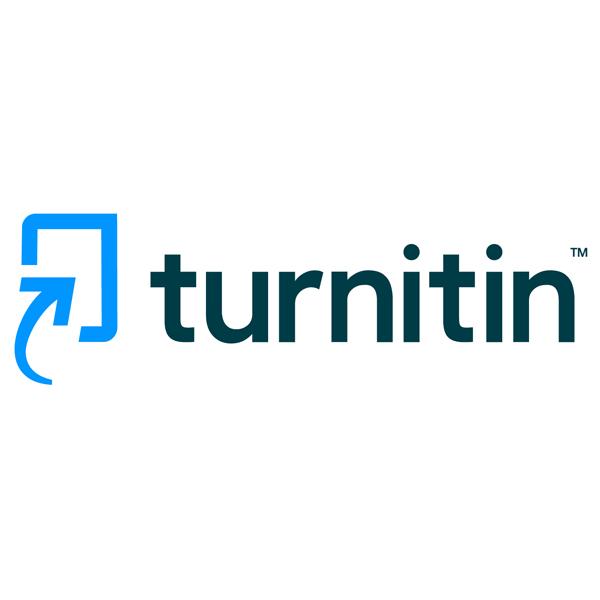
Using innovative tools to simplify grading and elevate student success


Turnitin
Learn how Turnitin empowers educators with insights and sets students up for success
With the mass shift to online teaching and learning tools, institutions are more committed to finding platforms that make grading simpler and harness important data. In a session held in partnership with Gradescope by Turnitin at Times Higher Education’s Student Success US 2023 event, experts shared how institutions can use assessment data to fuel student success.
Gradescope’s tools enable instructors to grade all of their assessments, whether online or on-paper, using one platform. They support a variety of assessment types, from written papers and bubble sheets to programming and coding. Howard Fooksman, senior solutions engineer at Turnitin, outlined its key priorities with technology. “We really try to address three areas – one is just the sheer process of grading papers, two is the flexibility of grading and three is how we can help with student success,” he said.
Fooksman shared some of the innovative grading solutions offered by Gradescope, such as dynamic rubrics, which allow for more specific feedback on a question-by-question basis. This enables instructors to see the areas students are doing well in and the ones they are struggling with. “We also have anonymous grading, where we block out any identifiers for students,” he said. “So, as you’re grading, we help you mitigate the bias in your workflow.”
Fooksman explained the benefits of Gradescope’s horizontal grading system and student anonymity: “Everybody is being graded on the same question by the same person, so you have more consistent grading. But more importantly, it makes the data you get afterwards more valuable because you’ve controlled the variability in the grader.
Rana Khankan, academic administrator at the University of California, Los Angeles explained how this anonymous, horizontal grading system has benefitted her institution. “Due to higher course enrolments, situations can arise where universities have undergraduate teaching assistants grade their peers.” The adoption of Gradescope has mitigated complaints related to assessor bias that arose from this system.
The panel discussed the challenge of getting faculty on board with new technology, with some reluctant to adopt tools they are unfamiliar with. “There is that barrier where people just don’t want to try new things,” said Khankan. “This is something that could save [instructors] a lot of time and effort that they can then utilise and be even better at everything else that we’re trying to accomplish.”
Gradescope has found that adoption of the platform in one department often leads to faculty getting on board across the institution. “Once we’re institutionally tied into the LMS, what we often will see is relatively fast adoption,” said Fooksman. When faculty members realise that the tool makes their grading process easier and faster, they are keen to tell others, he concluded.
The panel:
- Howard Fooksman, senior solutions engineer, Turnitin
- Rana Khankan, academic administrator, University of California, Los Angeles
- Jamie Ramaciotti, head of content for events, Times Higher Education (chair)
about Gradescope by Turnitin.
